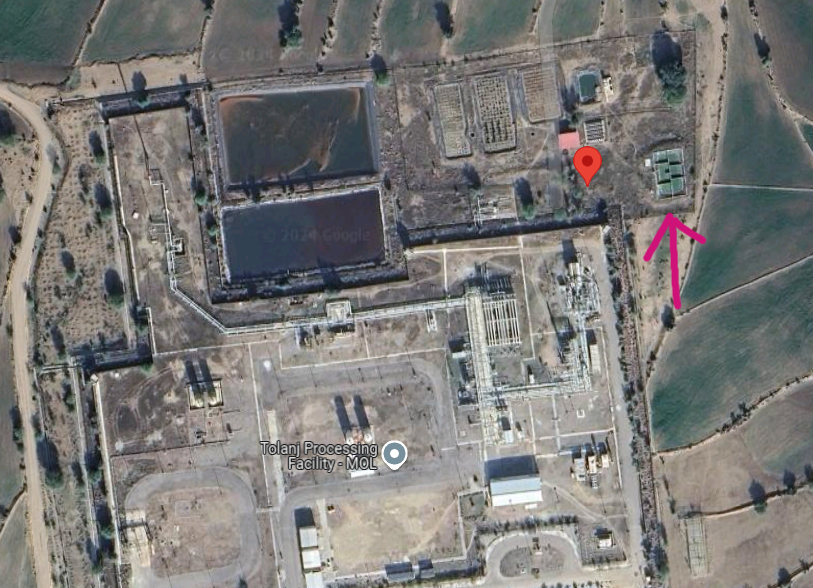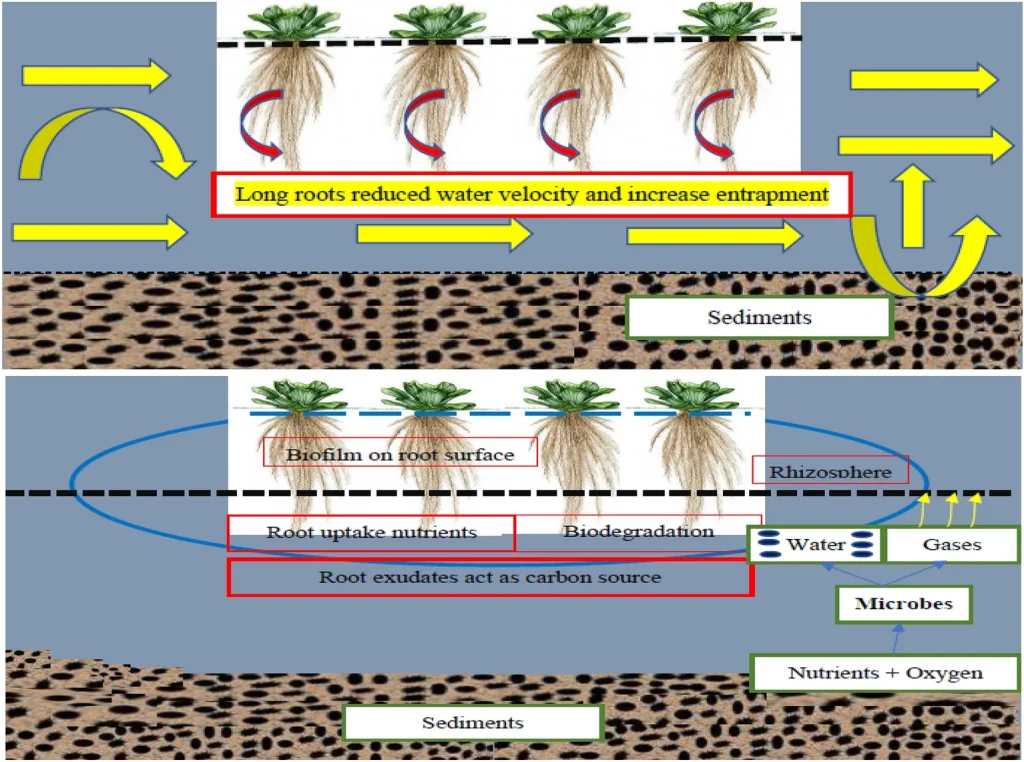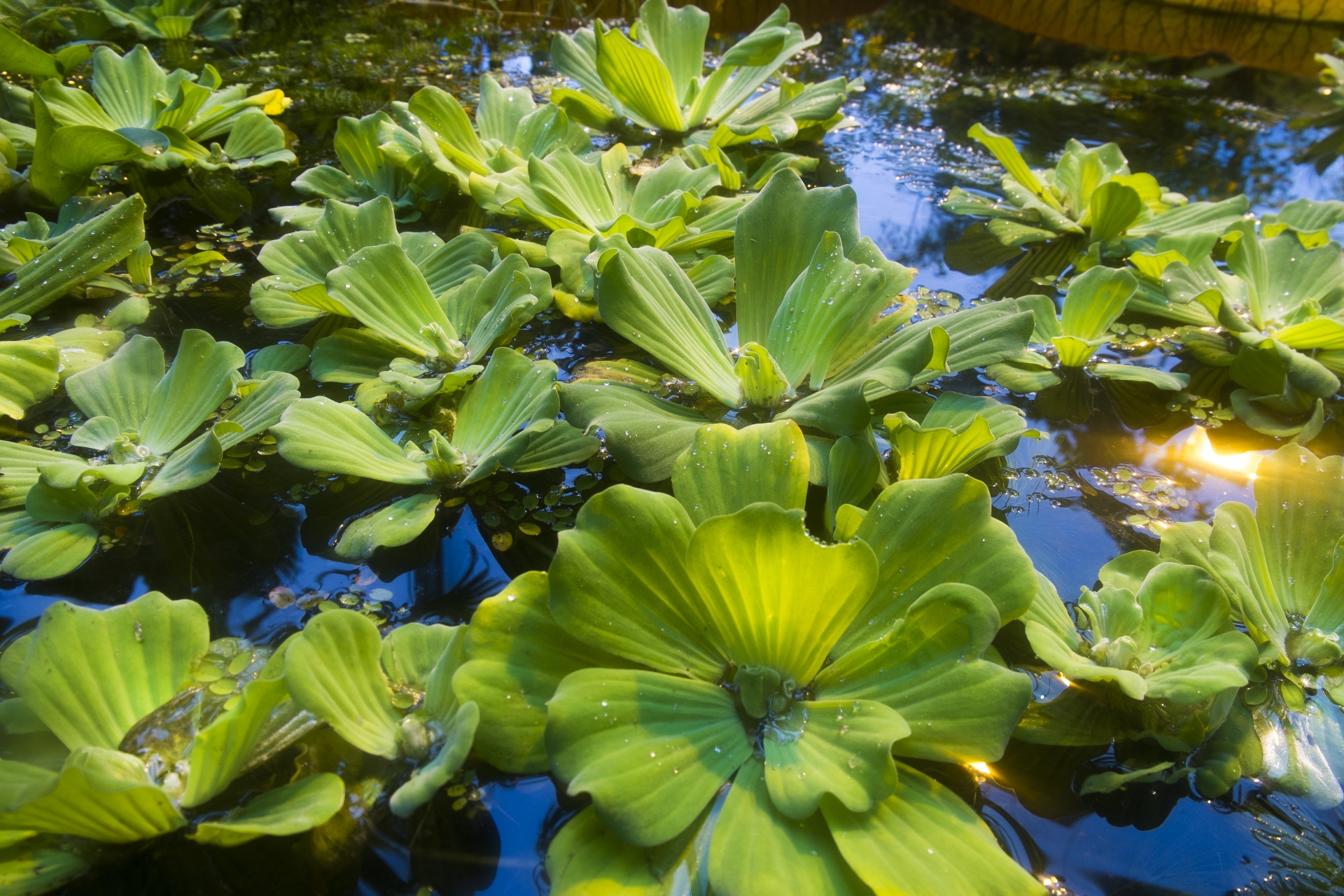Purification methods for domestic wastewater.
Modern domestic wastewater purification typically involves physical, chemical, and biological treatment processes. Physical treatments include sedimentation and filtration to remove solids and large particles from wastewater. Chemical treatments use disinfection and chemical reactions to break down or neutralize harmful substances. Biological treatments employ bacteria and other microorganisms to decompose organic matter, improving water quality. These processes are combined to effectively purify wastewater, a practice commonly implemented by municipalities.
The impact of domestic wastewater on nature is significant, prompting the establishment of various purification methods. Recent studies have reported on enhancing purification efficiency using the power of plants.
The focus is on using “aquatic plants,” specifically those with a notorious reputation.
Domestic wastewater treatment by Pistia stratiotes in constructed wetland
Domestic wastewater purification using the invasive plant water lettuce
Water lettuce (Pistia stratiotes) is a perennial floating plant native to South Africa. Its rosette-shaped leaves spread across the water surface, with roots hanging underwater.
In Japan, it is designated as an invasive species, included in the “Top 100 Invasive Alien Species.” Introduced to Okinawa and the Ogasawara Islands in the 1920s for ornamental purposes, it became problematic due to its vigorous growth in southwestern Japan since the 1990s. Many river basins and municipalities still struggle to control its spread.
Despite being troublesome, a study in Pakistan utilized its robust growth to absorb nutrients and harmful substances from wastewater, aiming to improve water quality.

I looked up the coordinates mentioned in the paper on Google Maps. The area marked by the red arrow seems to be the test site. It was located in a section of an oil and natural gas company.
The purifying power of water lettuce is impressive.
A pond filled with domestic wastewater was set up, and water lettuce was introduced into it. After about a month, the improvement in water quality was significant…

Total Dissolved Solids (TDS) were reduced by 83%, Total Suspended Solids (TSS) by 82%, Biochemical Oxygen Demand (BOD) by 82%, Chemical Oxygen Demand (COD) by 81%, chlorides by 80%, sulfates by 77%, and ammonia (NH3) by 84%. These reductions demonstrate the significant water quality improvement in domestic wastewater treated by water lettuce, as clean water typically contains these substances in much lower quantities.
Additionally, oil and grease in the wastewater were reduced by 74%. Visible improvements were also seen in the color and odor of the drainage. The roots of water lettuce extend into the water, forming a microbial community on their surface, which likely decomposes oil and odor-causing substances. The improvement in color is also attributed to the roots capturing fine particles in the water.
Water lettuce demonstrates its remarkable ability to improve water quality without waste, highlighting its potential as a powerful agent for environmental purification. Impressive indeed.

Efficiently leveraging plant characteristics.
While water lettuce is considered an invasive species in Japan, known to degrade water quality in clean water sources like rivers and lakes, it can be beneficial in polluted environments, like untreated domestic wastewater, where it purifies water. Simply adding water lettuce to stored wastewater can be cost-effective and efficient for primary purification.
Its value, therefore, varies with context, suggesting that plants’ potential can be rediscovered by changing perspectives.
I’d love to hear your thoughts on this.



コメント